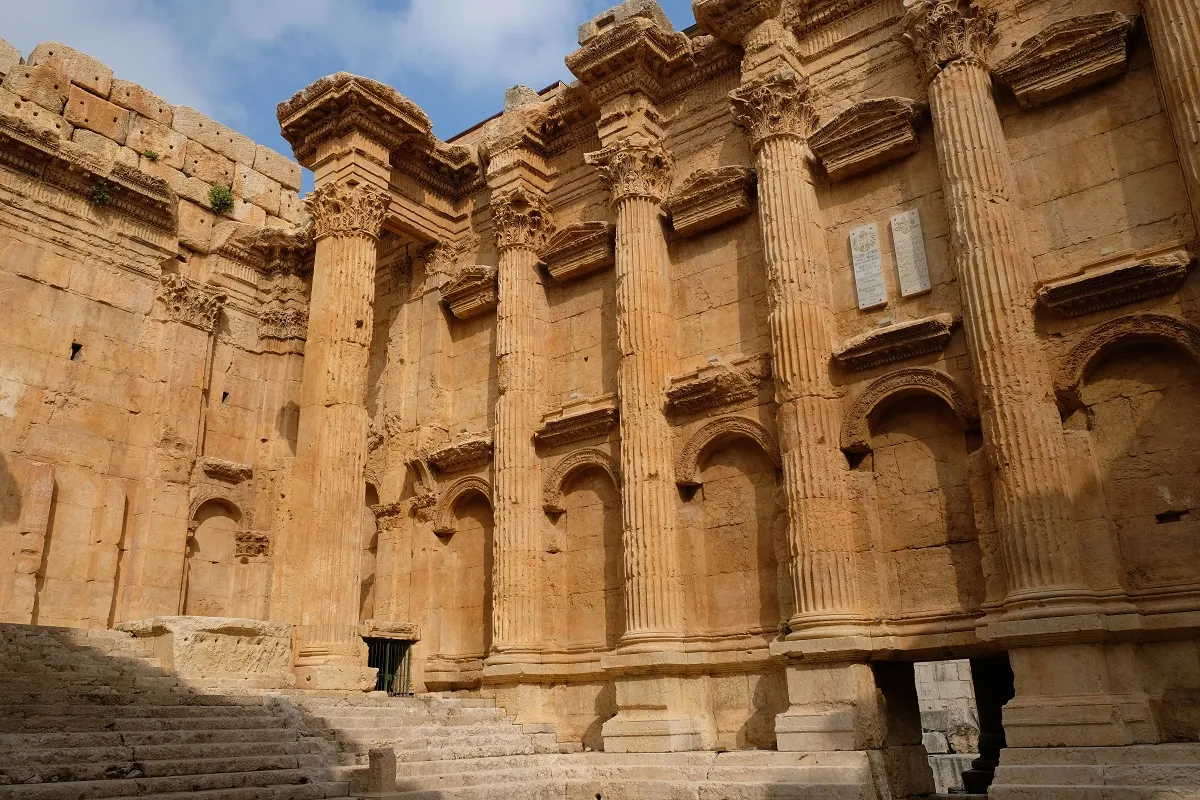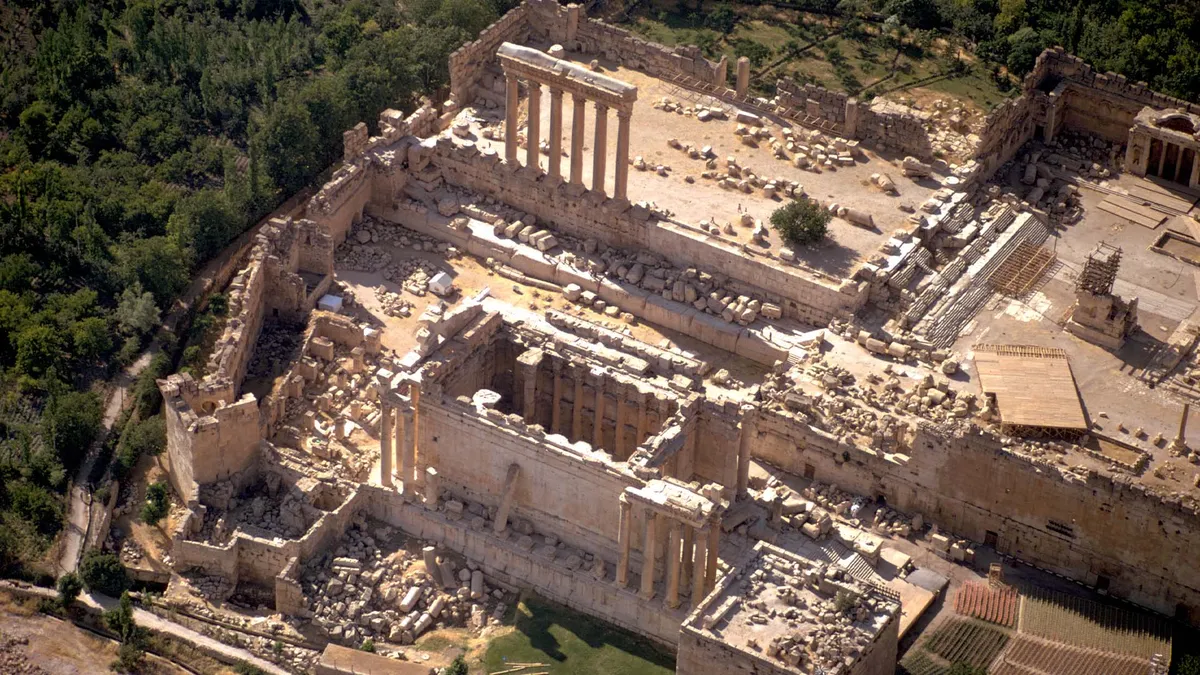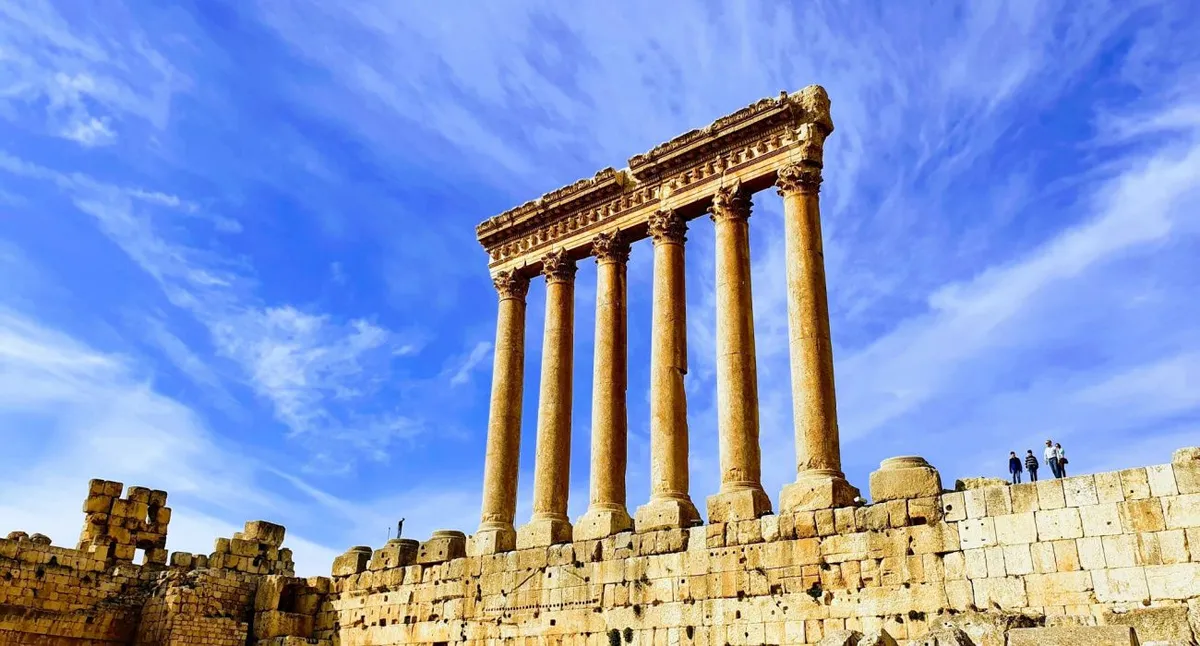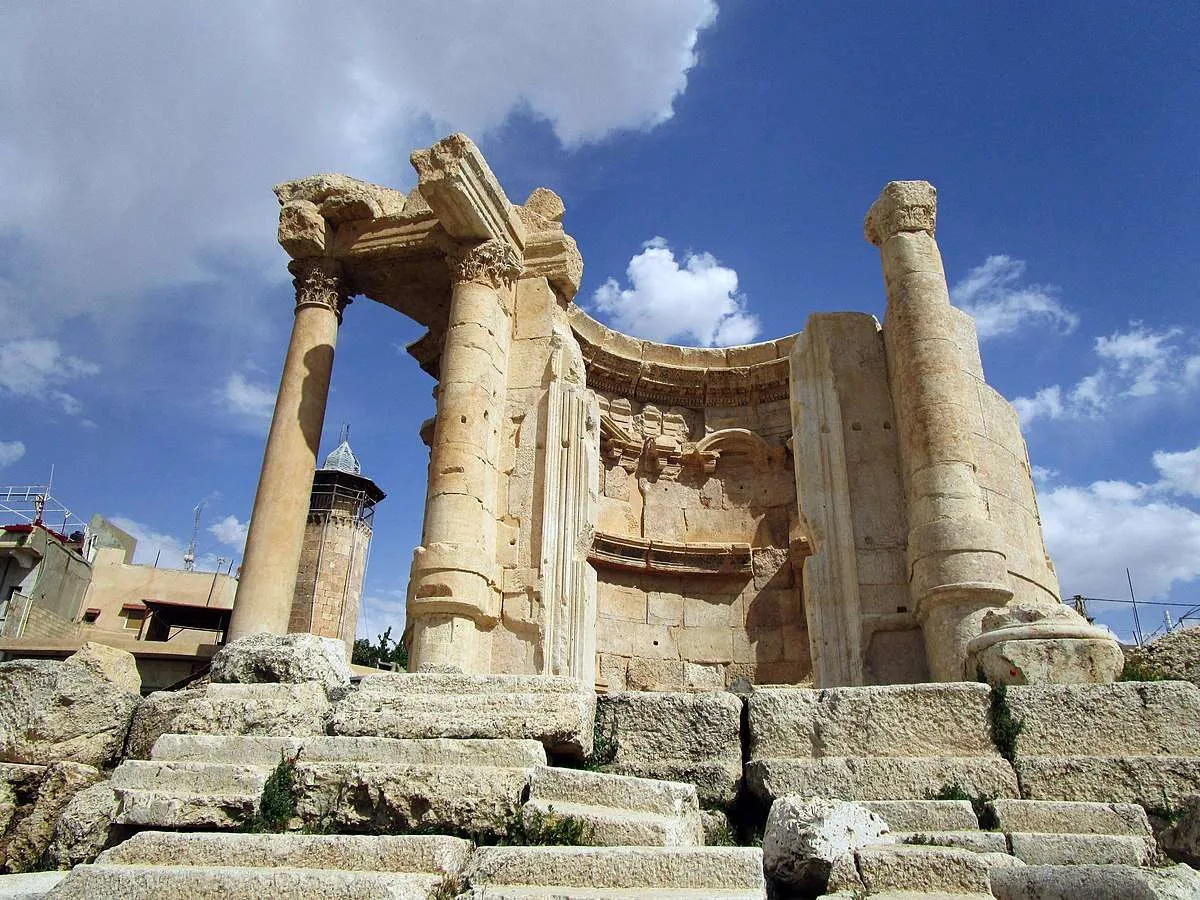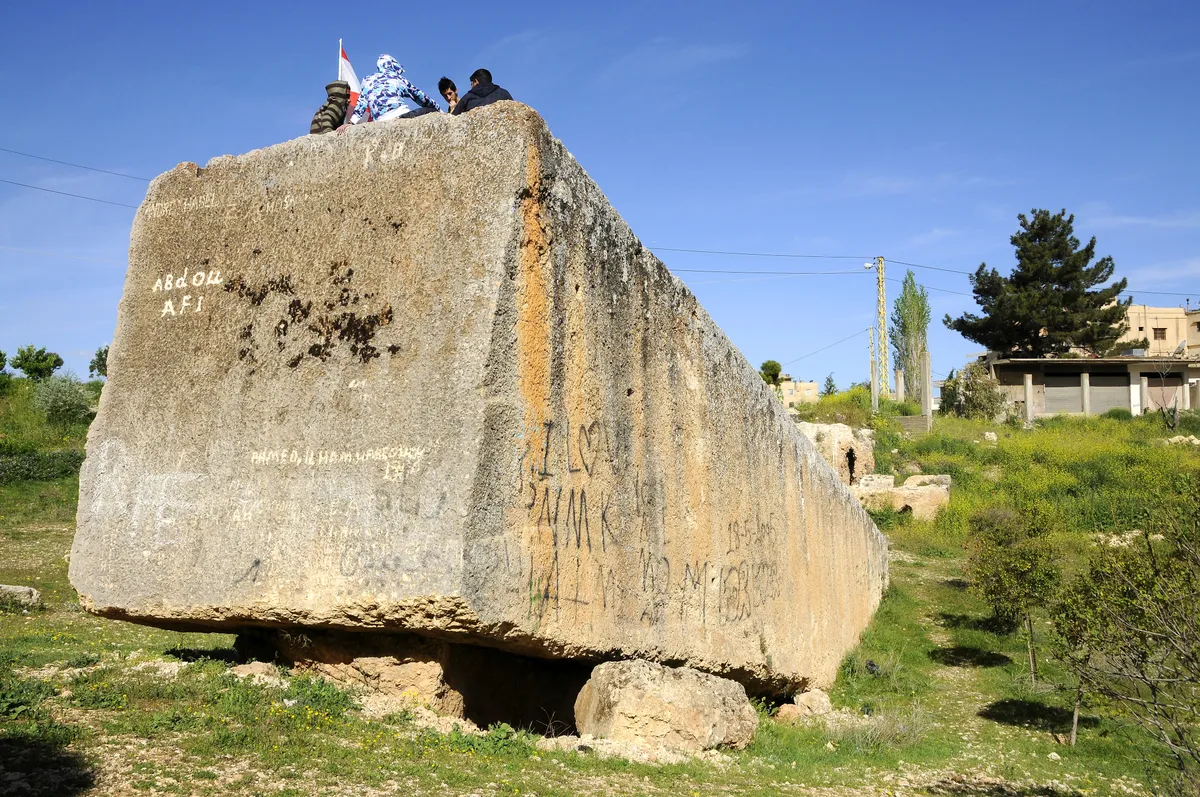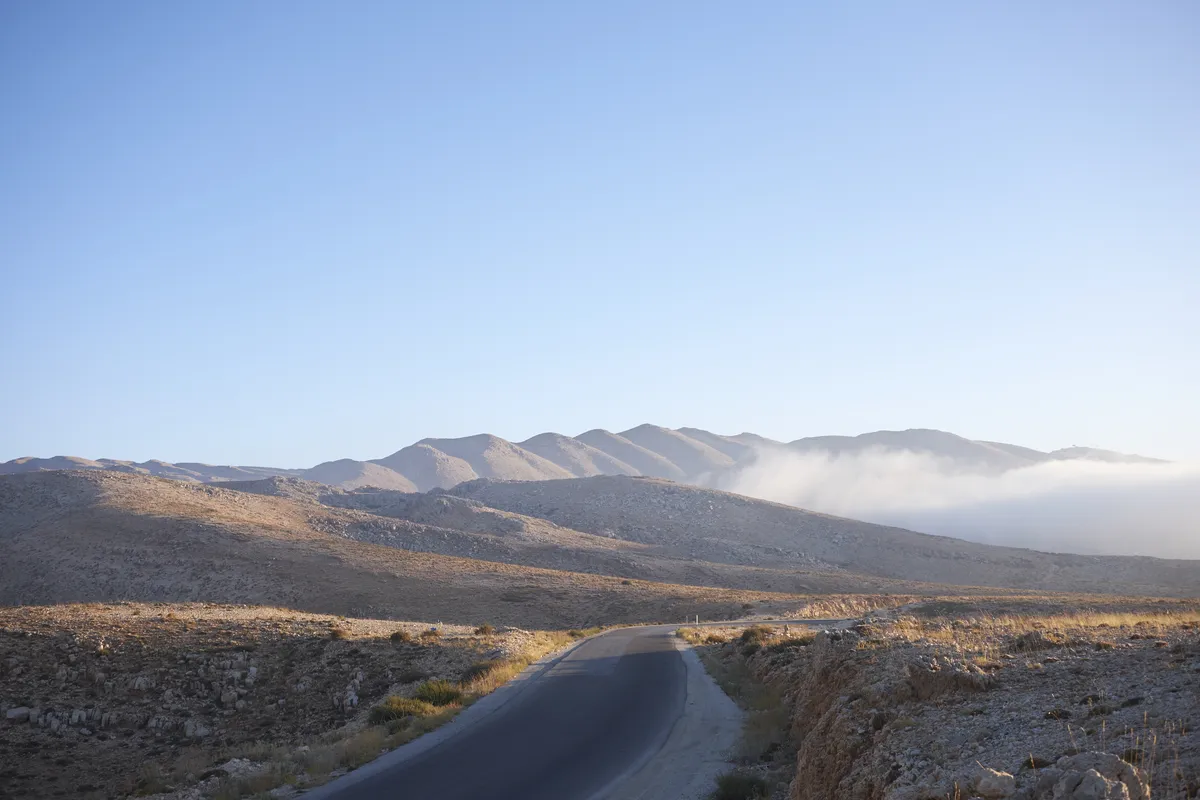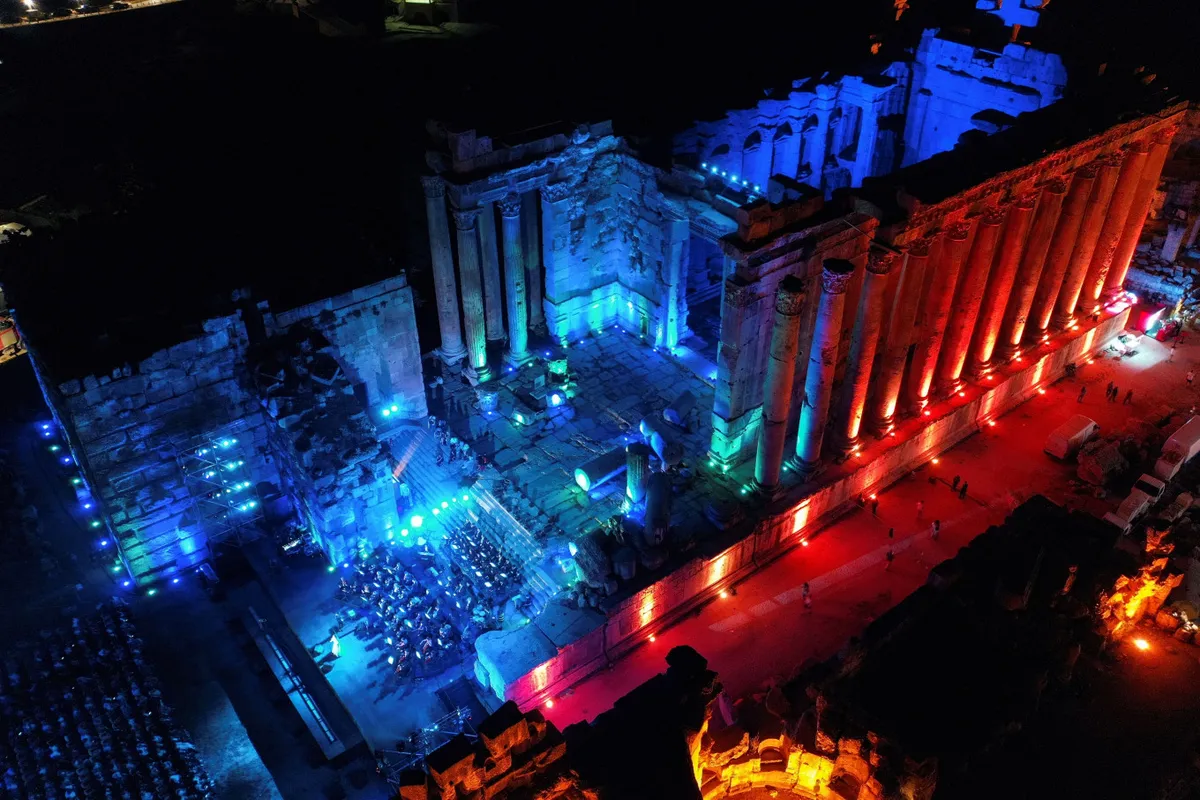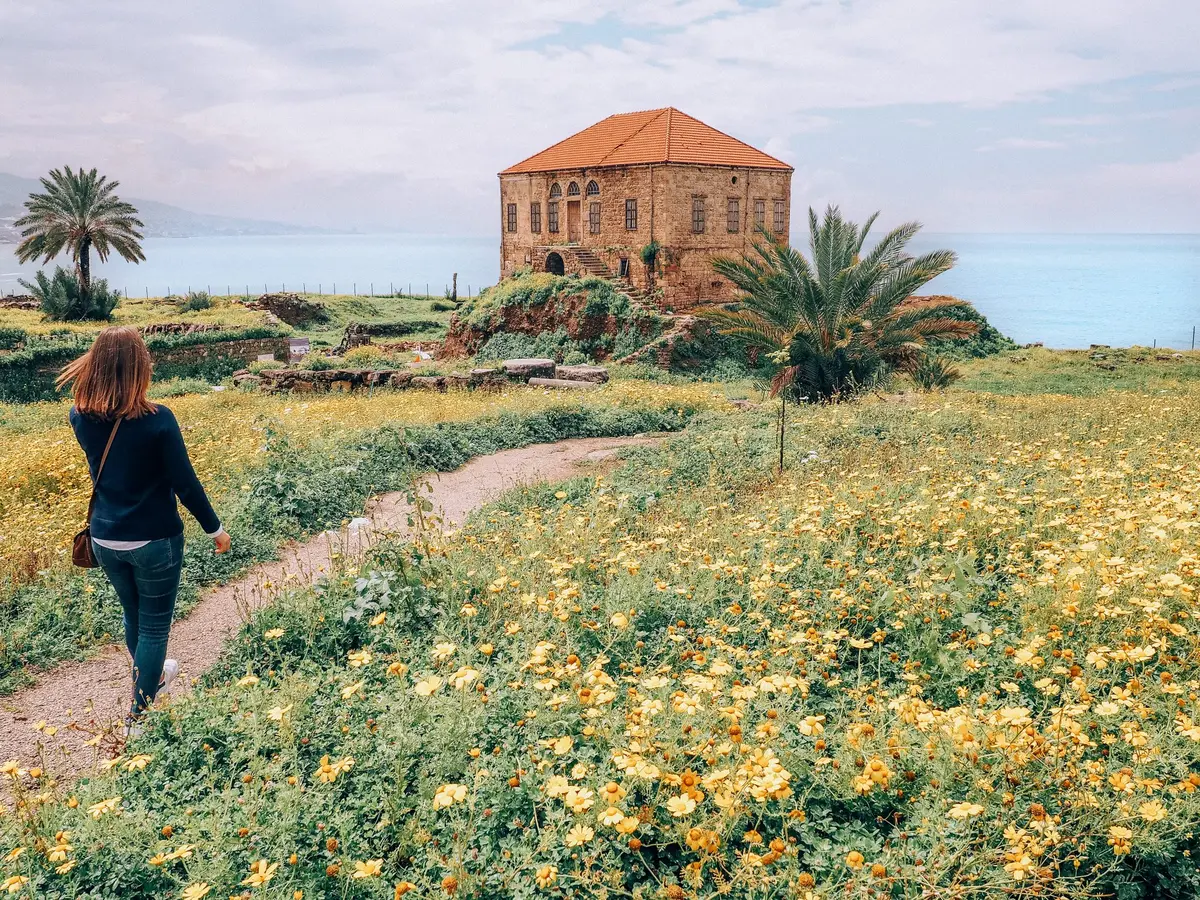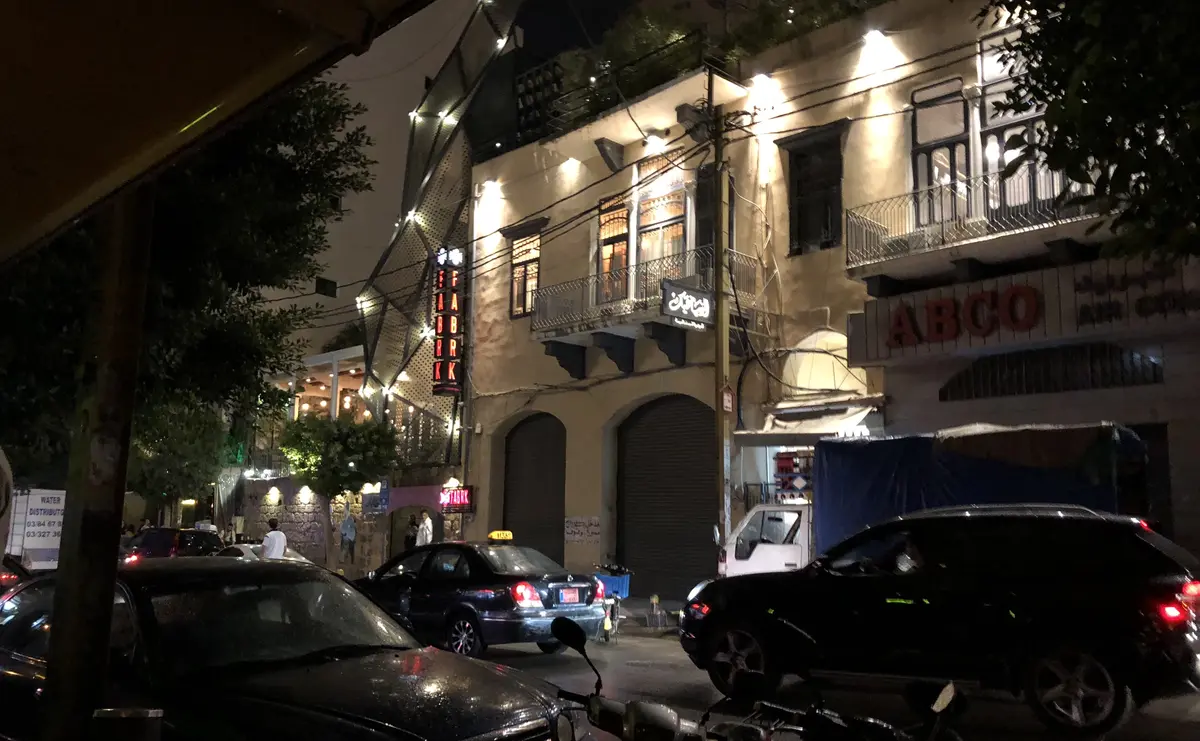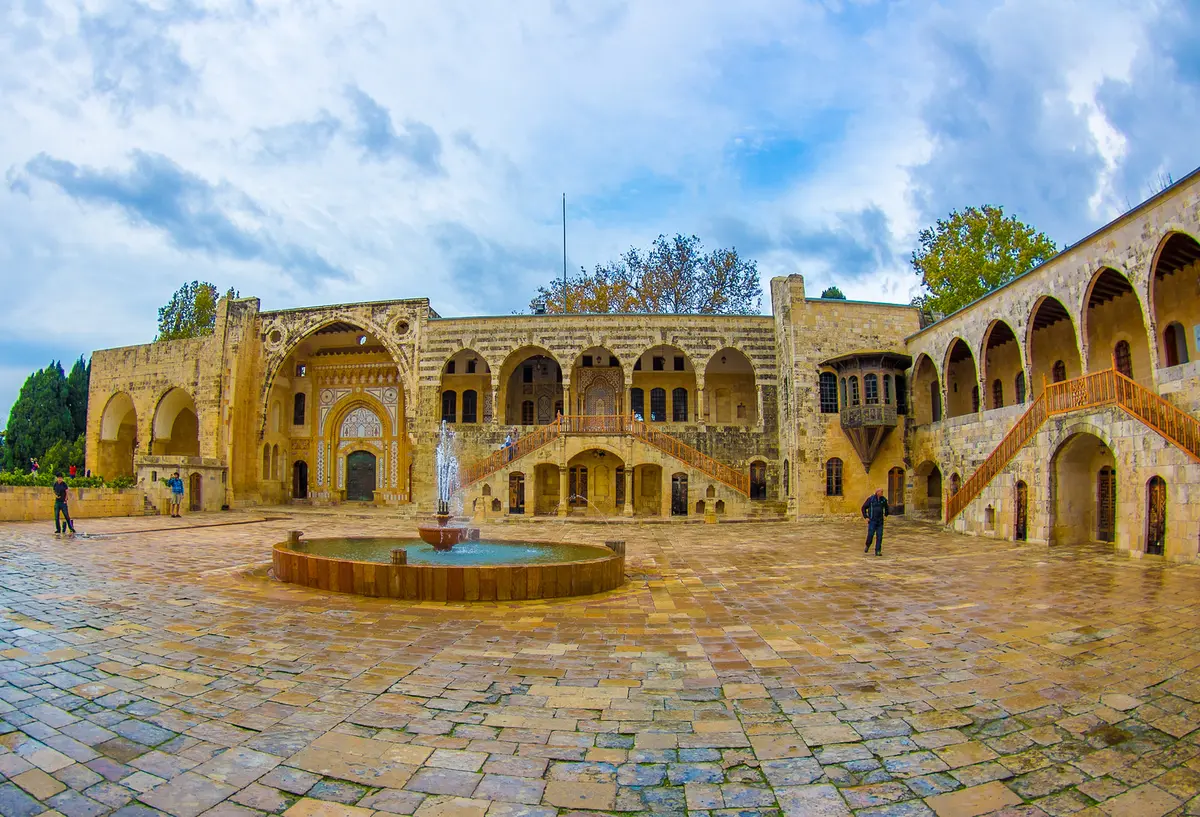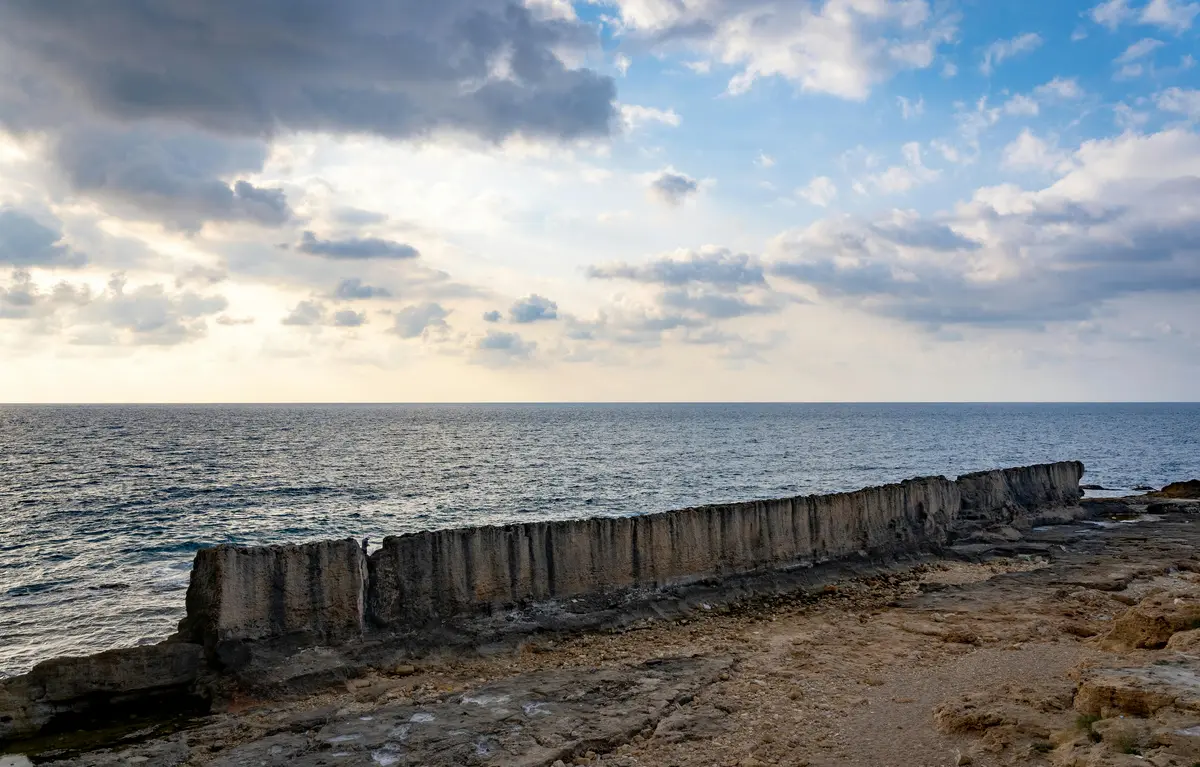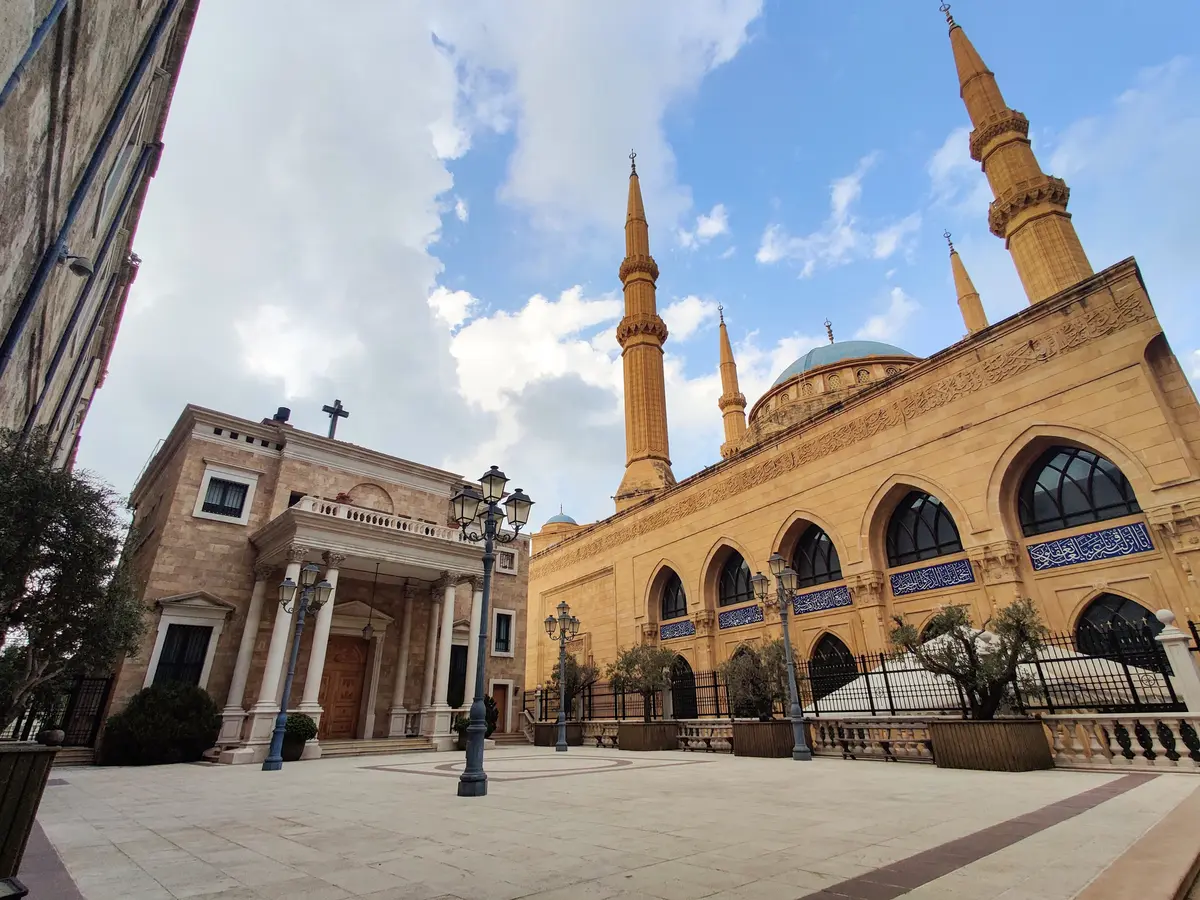Standing beneath columns that dwarf those in Athens, wandering through temples more magnificent than Rome’s Forum, and touching stones that have puzzled engineers for millennia—this is Baalbek, Lebanon. After reviewing countless firsthand accounts from travelers who’ve journeyed to this UNESCO World Heritage site, one sentiment emerges consistently: these 9,000-year-old ruins don’t just compete with the world’s greatest archaeological treasures; they often surpass them. While safety concerns and travel advisories create understandable hesitation for US travelers, the reality on the ground tells a more nuanced story of a protected archaeological site that continues to welcome visitors to witness some of humanity’s most audacious architectural achievements. A trip to Baalbek, Lebanon is a journey into a history of unparalleled scale.
Understanding the Safety Landscape in Baalbek, Lebanon
The US Department of State currently maintains a Level 4: Do Not Travel advisory for Lebanon, citing risks including terrorism, civil unrest, and armed conflict. Canada and Australia issue similar warnings specifically for the Baalbek-Hermel Governorate due to military activity and armed group clashes. These official travel advisories for Lebanon represent macro-level risk assessments and deserve serious consideration.
However, independent travelers consistently report feeling safe within Baalbek town and at the archaeological site itself. The journey through the Beqaa Valley involves a visible security presence and military checkpoints, which visitors describe as routine rather than threatening. The region has a strong Hezbollah presence, visible through flags and posters, yet this political landscape typically doesn’t translate to hostility toward international visitors. One traveler even recounted a pleasant conversation with a Hezbollah fighter who sold him a souvenir t-shirt, highlighting the complex reality of the area.
Practical Safety Recommendations for Travelers
- Always check the latest State Department travel advisories before planning and departure, as conditions can change rapidly.
- US citizens should enroll in the Smart Traveler Enrollment Program (STEP) to receive alerts and facilitate embassy assistance during emergencies.
- Hiring a reputable local driver or joining a guided tour is the most recommended approach for first-time visitors, mitigating risks associated with navigation, checkpoints, and unfamiliar roads.
- Maintain situational awareness, avoid large public demonstrations, refrain from political discussions, and dress modestly to respect local cultural norms.
The 9,000-Year History of Baalbek: From Phoenicia to Rome
Archaeological evidence points to human habitation dating to the Early Bronze Age (2900-2300 BC), with settlement stretching back an incredible 9,000 years. The site emerged as a prominent Phoenician settlement where a temple was built to worship Baal, the Canaanite deity of fertility and the sun. The city’s name derives from this early cult: “Baalbek” means “Lord of the Beqaa Valley.”
Following Alexander the Great’s conquest in 332 BC, Baalbek was renamed Heliopolis, the “City of the Sun,” likely honoring its solar worship history and connecting it with Egypt’s famous city. The name remained for centuries as the city passed between the Ptolemaic dynasty and the Seleucid Empire.
The Roman Transformation
Julius Caesar made Baalbek a Roman colony in 47 BC, naming it Colonia Julia Augusta Felix Heliopolitana. Over the next two and a half centuries, successive emperors poured immense resources into constructing a temple complex of unparalleled scale, likely building upon earlier Phoenician foundations. The Romans syncretized their gods with local deities, establishing the Heliopolitan Triad: Jupiter Optimus Maximus Heliopolitanus (fusing Roman Jupiter with Phoenician Baal), Venus (equated with the Syrian goddess Atargatis), and Mercury (linked to a local vegetation god).
Under Emperor Constantine in the 4th century AD, pagan worship was suppressed and construction ceased. His successor Theodosius destroyed many holy sites, including the great Temple of Jupiter, building a basilica in its courtyard. After the Arab conquest in 637 AD, the temple complex became a fortified citadel. Devastating earthquakes, notably in 1759, toppled three of the Temple of Jupiter’s last nine standing columns. German expeditions from 1898-1903 conducted systematic excavation and reconstruction, unearthing the Lebanese historical sites visitors see today.
Exploring the Baalbek Temple Complex
The Propylaea: Your Gateway to the Ancient World
Your journey begins by ascending a monumental staircase leading to the Propylaea, the grand ceremonial entrance completed in the mid-3rd century AD. Originally fronted by twelve granite columns brought from Aswan, Egypt, and flanked by two imposing towers, this gateway was designed to impress upon pilgrims that they were leaving the mortal world and entering the domain of the gods.
The Hexagonal Courtyard: A Uniquely Roman Space
Passing through the Propylaea, you enter the Hexagonal Courtyard, a feature unique in Roman architecture. Built in the 2nd century AD, this stunning forecourt once had a roof supported by 30 columns. Today, roofless and open to the sky, its six-sided design creates an awe-inspiring transitional space before the main sanctuary is revealed.
The Great Court: Where Empires Gathered
Beyond the hexagon lies the Great Court, an immense rectangular plaza measuring over 100 meters on each side. This was the heart of the sanctuary, where mass rituals occurred. The court was dominated by two high altars and surrounded by an elaborate portico of 84 pink and grey granite columns. Standing in this vast, empty space today, you can easily imagine the thousands of pilgrims who once filled it, their eyes fixed on the colossal temple looming at its western end.
The Temple of Jupiter: The World’s Tallest Ancient Columns
Even in ruins, the Temple of Jupiter inspires awe as the largest temple ever constructed in the Roman Empire. Only six of its original 54 Corinthian columns remain, yet they convey a staggering scale. At 22.9 meters (about 75 feet) high, they are the tallest classical columns in the world, each carved from a single stone.
The temple’s most mind-boggling feature lies beneath it. The entire structure rests on a raised platform supported by some of history’s largest worked stones. The western retaining wall contains the legendary Trilithon: three monolithic limestone blocks, each weighing approximately 800 tons. The engineering required to quarry, transport, and lift these stones remains intensely debated.
The Temple of Bacchus: Rome’s Best-Preserved Architectural Masterpiece
For many visitors, the Temple of Bacchus is the true highlight of Baalbek, Lebanon. Situated on a lower level adjacent to the Jupiter complex, it is one of the most magnificently preserved and ornately decorated temples in the entire Roman world. Its state of preservation often elicits immediate “wow moments” from first-time visitors.
Though slightly smaller than the Temple of Jupiter, it still exceeds the Parthenon in size. The temple is encircled by 42 unfluted Corinthian columns, with 19 still standing at nearly 20 meters (66 feet) high. Its entrance features a monumental doorway with a lintel exquisitely carved with Bacchic imagery, including vines, poppies, and dancing Maenads. The interior cella remains largely intact, allowing you to step inside and be dwarfed by its grandeur, admiring fluted pilasters and two levels of niches that once held statues.
The Temple of Venus: An Architectural Gem
Located just outside the main acropolis, the Temple of Venus showcases unique elegance. Built in the 3rd century AD, its unconventional circular design with a five-sided podium and gracefully curving colonnades represents Roman baroque architecture at its finest. This delicate counterpoint to the raw power of the larger temples is considered the gem of Baalbek. During the Byzantine period, this temple dedicated to the goddess of love was converted into a church honoring St. Barbara, a Christian martyr.
The Stone of the Pregnant Woman: An Engineering Mystery
A short walk from the temple complex lies the ancient Roman quarry, home to a single rectangular limestone block cut from bedrock on three sides but never fully detached. The Stone of the Pregnant Woman (Hajar el Hibla) measures over 19 meters (62 feet) long and weighs an estimated 1,000 to 1,200 tons—equivalent to approximately three Boeing 747 airplanes. In the same quarry, an even larger monolith called the “Stone of the South” weighs up to 1,650 tons, arguably the largest single stone block ever quarried in human history.
The Unanswered Engineering Question
How did Roman engineers, with only human and animal power, levers, and pulleys, intend to move such impossibly heavy objects? While informational signs suggest complex systems involving hundreds of laborers, the sheer scale has led to centuries of speculation and even fringe theories about lost technologies or extraterrestrial assistance. The most likely explanation is that a flaw was discovered during quarrying and the stone was abandoned—a testament to ambition occasionally exceeding even Roman capabilities.
Local legends offer more poetic explanations. One tells of a pregnant woman who tricked the people of Baalbek, claiming she knew the secret to moving the great stone if they fed her until she gave birth. Another enduring belief holds that the stone possesses supernatural fertility powers, with barren women conceiving after touching it.
Getting to Baalbek from Beirut: Transportation Options
The 85-kilometer (53-mile) journey from Beirut to Baalbek offers several options catering to different budgets and travel styles. Rental cars are generally not recommended for tourists unfamiliar with the region’s chaotic driving and checkpoint protocols.
- Guided Group Tours: Costing $55-$95 per person for a full day (8-9 hours), this is the easiest, most stress-free option. Tours often include Anjar and the Ksara winery with knowledgeable guides, though you’ll travel on a set schedule.
- Private Taxi/Car: For $95-$120 one way (1.5-2.5 hours), this option offers complete flexibility, comfort, door-to-door service, and customizable itineraries. It is the most expensive option for solo travelers or small groups.
- Public Minivans: At approximately $8 one way (2-4 hours), this provides an extremely budget-friendly, authentic local experience. However, vans can be crowded and uncomfortable with long waits, and the driving is often described as reckless. They may also drop you 5km from the site.
Essential Visitor Information for Your Baalbek Trip
The ruins are open from 9:00 AM to 6:00 PM in summer and 9:00 AM to 4:00 PM in winter. The entrance fee is approximately $10 USD per person, with USD widely accepted. Licensed guides are available for hire at the site entrance for around $20 USD. Allow a minimum of 2-3 hours to explore the main temple complex without feeling rushed.
The shoulder seasons of spring (April to June) and autumn (September to November) offer the best weather for exploring the expansive, sun-exposed site. Wear light, breathable clothing that covers your shoulders and knees to show respect for local culture. Sturdy, comfortable walking shoes are essential for navigating uneven stone surfaces. Sun protection is non-negotiable—bring sunscreen, a wide-brimmed hat, and sunglasses. A reusable water bottle is crucial for staying hydrated. Photography is permitted throughout the complex.
What to Eat and Where to Stay in Baalbek Town
The town is famous for Sfiha Baalbakiyeh, small square-shaped meat pies distinct from the common lahm bi ajin. The traditional experience involves purchasing fresh minced meat from a local butcher who seasons it, then taking it to a nearby bakery (furn) where it’s baked fresh on dough. Note that many local shops and bakeries close on Fridays. For sit-down meals, options range from the budget-friendly Tavern Cezar, located opposite the ruins, to the more upmarket Baalbeck Palace serving traditional Lebanese cuisine.
The Legendary Palmyra Hotel
For an immersive historical experience, the Palmyra Hotel offers an unparalleled atmosphere. Built in 1874, this historic hotel sits directly across from the ruins, with temple views from its windows. It has hosted Kaiser Wilhelm II, Charles de Gaulle, and Jean Cocteau over its 150-year history, retaining a charming old-world character.
The Baalbeck International Festival: A Unique Cultural Event
Since 1956, the ruins have served as a spectacular backdrop for the Baalbeck International Festival, one of the Middle East’s most prestigious cultural events. Held annually in summer, the festival hosts world-class musical and dramatic performances within the Temple of Bacchus and on the steps of the Temple of Jupiter, attracting international artists and audiences.
Beyond Baalbek: Exploring the Beqaa Valley
Many travelers combine a visit to Baalbek with two other key Beqaa Valley sites: the Umayyad ruins of Anjar and the region’s wineries. This popular itinerary compresses Lebanon’s layered history from Roman paganism through the early Islamic empire to its modern cosmopolitan identity.
Anjar: A Perfectly Preserved Umayyad City
Located about an hour from Baalbek, Anjar’s ruins offer a fascinating historical counterpoint. This UNESCO World Heritage site was an inland commercial city founded by the Umayyad Caliphate in the early 8th century AD. Unlike Baalbek’s organic growth, Anjar was meticulously planned with a strict grid layout reminiscent of Roman military camps. The city had a brief 30-year existence before being abandoned, leaving a perfectly preserved snapshot of Umayyad urban planning.
Chateau Ksara: A Taste of Lebanon’s Winemaking Heritage
A winery visit provides the perfect, relaxing conclusion to a day of exploring ancient stones. The Beqaa Valley is the heart of Lebanon’s winemaking tradition, a practice dating back thousands of years. The most famous is Chateau Ksara, Lebanon’s oldest winery, founded by Jesuit priests in 1857. Tours include exploring impressive Roman-era caves that now serve as cellars, followed by wine tastings.
Baalbek stands as one of humanity’s most audacious architectural achievements. It is a place where Roman engineering and ambition reached scales that still boggle modern minds, where 800-ton stones rest in walls and columns tower higher than any others from the classical world. Here, you can walk through temples more magnificently preserved than almost anything in Rome itself. A visit to Baalbek, Lebanon, often allows for a quiet communion with antiquity that few other global sites can offer, making it an essential destination for any lover of history.
